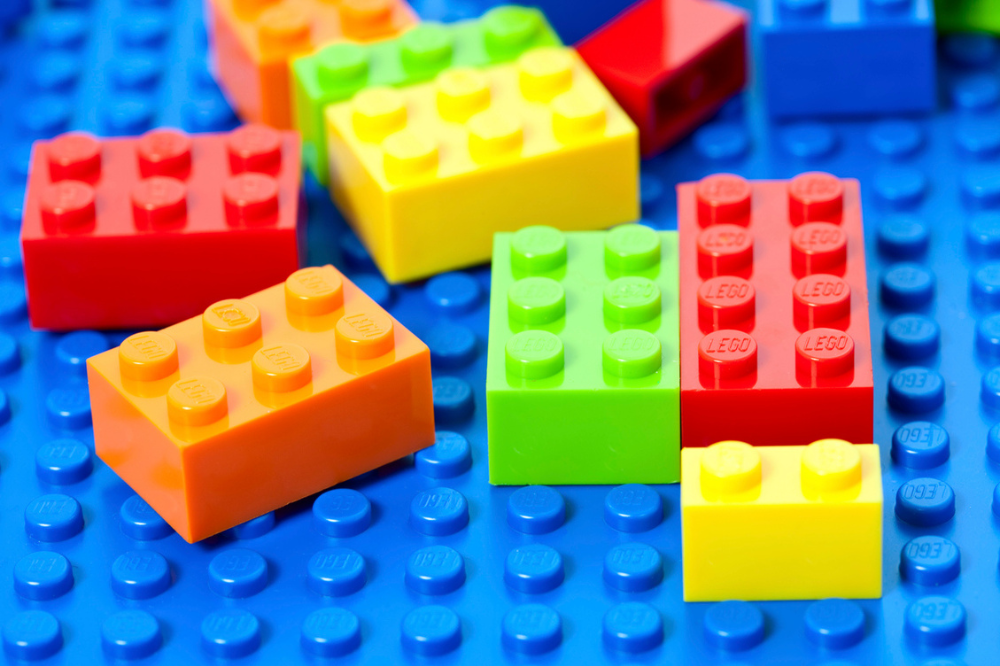
While LEGO is universally recognised as a staple in children’s toy boxes, a lesser-known facet of this colourful building block set is its role in a groundbreaking methodology that is lifting student achievement in literacy and numeracy while also improving children’s social and emotional wellbeing.
Sydney mum Dr. Denise Meyerson is at the forefront of this innovative approach, having become one of only four master trainers worldwide in the LEGO Serious Play methodology. Originally developed to foster team building and innovation within corporations like Microsoft and Coca-Cola, Meyerson has adapted this method for children aged 3-8.
Endorsed by the LEGO® Foundation, the LEGO Six Brick Methodology has introduced over 300 activities that promote sensory play, speech and language development, cognitive growth, and social skills. The method provides an engaging alternative to screen time, activating young minds through play and encouraging face-to-face interactions that nurture creativity and essential interpersonal skills.
Below, The Educator speaks to Dr Denise Meyerson about the Six Brick Methodology, how it is improving academic outcomes, and its implications for students’ social and emotional wellbeing.
TE: The LEGO Six Brick Methodology has certainly been a game-changer! What were some of the driving factors behind your decision to adapt the methodology to students in younger age groups?
Six Bricks has enormous potential starting with children from 3 years old - and there are schools using it all the way through Primary School. The hundreds of activities that make up the Six Bricks method are designed to motivate children to gain the skills they need to excel all the way through their school career. The method is so varied and flexible that it can be integrated into all areas of development in a curriculum through a series of short activities. The hands-on manipulatives help children to grasp concepts in a more concrete and practical way. Six Bricks cater for the ‘whole child’ in that they cover all areas of executing functioning skills such as working memory, cognitive flexibility and inhibitory control.
TE: What do you believe makes this methodology such a successful approach in enhancing numeracy and literacy among primary school students, and what can primary schools learn from it?
The fundamental purpose of Six Bricks is to ensure that children of all abilities can actively participate in gaining new skills through play. Activities relating to numeracy and literacy can be scaled up or down, according to the level of the child and their readiness to be challenged and stimulated. For example: repeated patterns form the basis of reading and performing mathematical functions. Teachers create patterns out of the bricks and children extend those patterns from left to right or create more interesting ones. They also interpret patterns from paper into 3 dimensional models. The activities are based on regular repetition to consolidate and reinforce new knowledge and skills.
TE: What are the most significant benefits you’ve seen LEGO Six Brick Methodology have on students’ social-emotional learning?
Six Bricks is a great way of helping children to self-regulate and practice inhibitory control. They also learn to make mistakes without the fear of ‘being wrong’ or embarrassed. This helps to build confident and adventurous learners who are prepared to experiment. Six Bricks also supports the development of the ability to recognise one’s own emotions – a critical part of emotional intelligence. As an example: Each brick colour represents a feeling – light blue could be ‘sad’, green could be ‘afraid’ and red could be ‘angry’. Ask the children to pick up a brick that represents how they are feeling this morning. They can create a facial expression to match the brick colour and feeling that they have selected. As an extension, it also gives the teacher an easy way to identify the mood in the room and to create an atmosphere of accepting and respecting the way others feel


